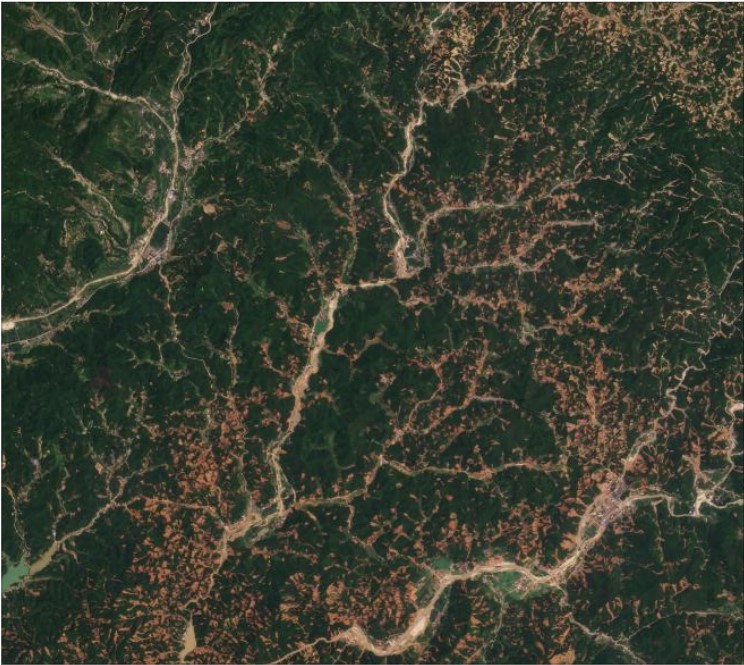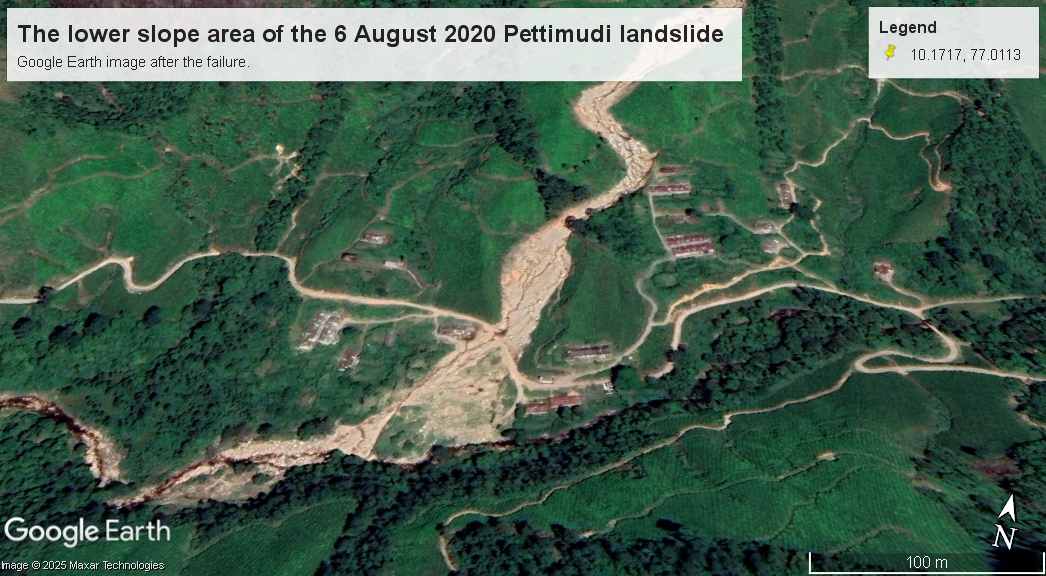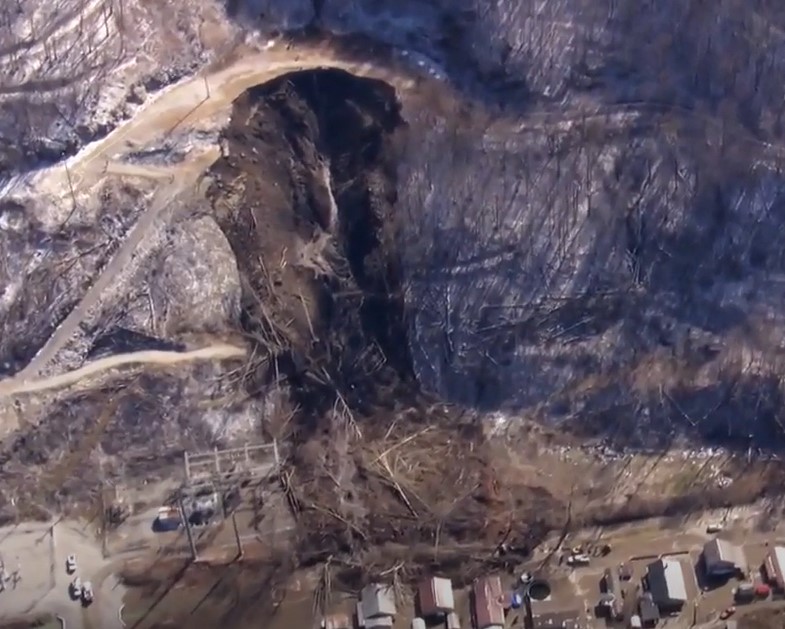A new method to evaluate deep aquifers shows even torrential rains haven’t fully replenished groundwater beneath Los Angeles.
rain
The 26 August 2022 debris flow at Budai Kamar in the Swat Valley, Pakistan
The Landslide Blog is written by Dave Petley, who is widely recognized as a world leader in the study and management of landslides. On 26 August 2022, an extreme monsoonal rainfall event struck the Swat Valley in northern Pakistan. This is a remote area with poor communications, so this event has not received the attention […]
Landslide hazards in the area affected by the 2023 Türkiye-Syria earthquake
The Landslide Blog is written by Dave Petley, who is widely recognized as a world leader in the study and management of landslides. It is well-established that landslides are a major threat during earthquakes in mountain areas. In the last few decades, it has become increasingly clear that the first very major rainfall event after […]
The devastating July 2024 landslides in the Zixing region of Hunan Province, China
The Landslide Blog is written by Dave Petley, who is widely recognized as a world leader in the study and management of landslides. There is a really terrific article on the website of Sixth Tone that describes the aftermath of devastating landslides that struck the Zixing region of Hunan Province in China on 27-28 July […]
The 6 August 2020 Pettimudi landslide in the Western Ghats, India
The Landslide Blog is written by Dave Petley, who is widely recognized as a world leader in the study and management of landslides. The Western Ghats area of Kerala in SW India has a significant landslide problem in the SW summer monsoon period. This is a tropical, hilly region (elevations extend to over 2,500 metres) […]
The 16 October 2022 Cilan Landslide in Taiwan
The Landslide Blog is written by Dave Petley, who is widely recognized as a world leader in the study and management of landslides. In a paper just published in the journal Natural Hazards and Earth System Sciences, Chang et al. (2025) describe the 16 October 2022 Cilan Landslide in Taiwan. The research is fascinating, using […]
Confronting Debris Flow Hazards After Wildfire
Scientists and practitioners have identified research priorities to improve scientific understanding of postfire debris flows and meet decisionmaking challenges posed by this growing hazard.
The 17 February 2025 landslide at Fleming-Neon in Kentucky
The Landslide Blog is written by Dave Petley, who is widely recognized as a world leader in the study and management of landslides. Being based in the UK, it is hard to keep track of the news from the US at the moment, but I watch with horror as the capability of science agencies (e.g. […]
The 25 April 2024 landslide at Pernote in Ramban District, India
The Landslide Blog is written by Dave Petley, who is widely recognized as a world leader in the study and management of landslides. For anyone monitoring global landslides, Ramban District in Jammu and Kashmir, India is a familiar name. Located in a highly tectonically active area of the Himalayas, with a monsoonal climate , steep […]
Panama Canal Logistics Are at the Mercy of Weather and Climate
Regional weather variability and climate change make operating the canal a challenge.










